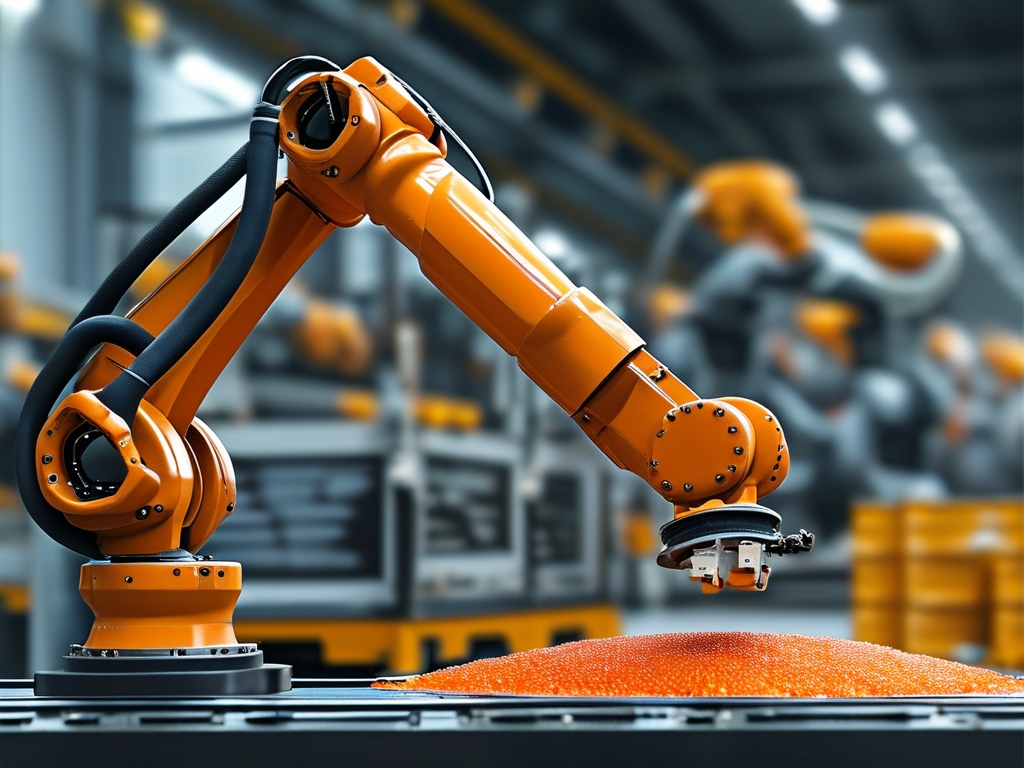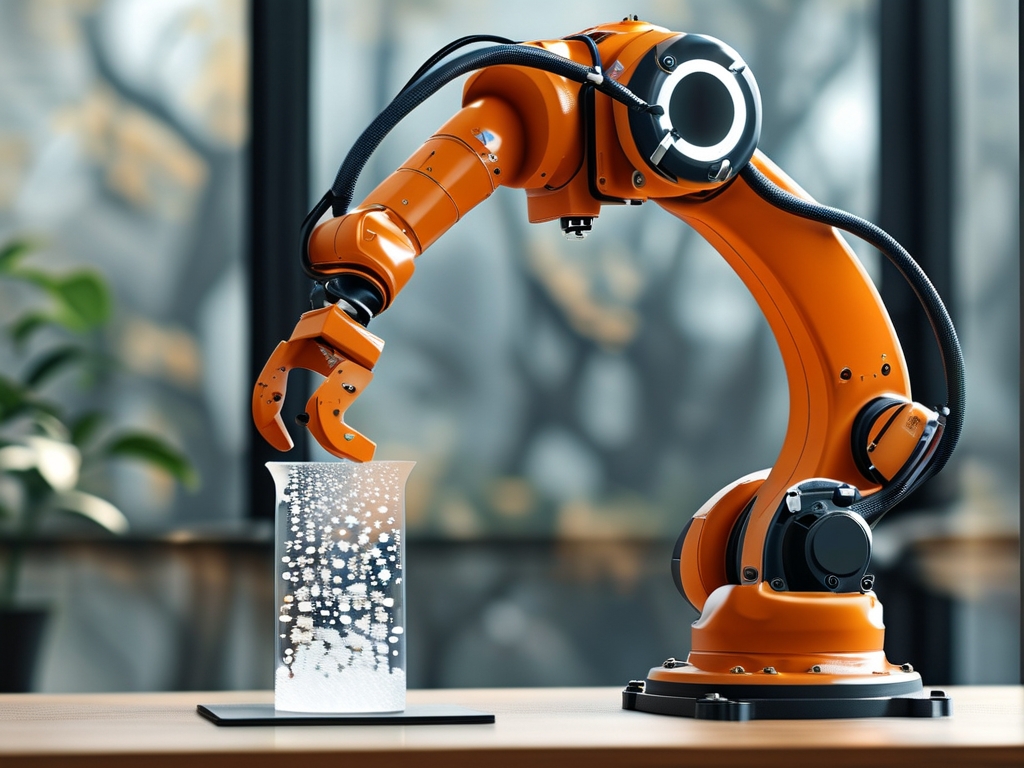Acquiring granule-handling robotics requires a strategic approach to ensure optimal performance, cost-efficiency, and long-term adaptability. This guide explores essential steps and insights for businesses navigating the procurement process, emphasizing technical specifications, vendor evaluation, and integration strategies.

Understanding Granule Handling Requirements
Before initiating the procurement process, define the specific needs of your operation. Granule types (plastics, chemicals, or food-grade materials), particle size, and handling volumes directly influence robotic system design. For instance, hygroscopic materials may demand climate-controlled grippers, while abrasive granules require wear-resistant components. Conduct a granularity analysis and throughput assessment to align specifications with production goals.
Technical Specifications and Customization
Granule robotics systems vary in payload capacity, precision, and modularity. Key technical parameters include:
- Gripper Technology: Vacuum-based systems suit lightweight granules, while mechanical claws handle irregular shapes.
- Sensor Integration: LiDAR or vision systems enable real-time adjustments for inconsistent material flow.
- Software Compatibility: Ensure robotics can interface with existing PLCs or IoT platforms using APIs like REST or MQTT.
Customization is often critical. A food manufacturer, for example, might prioritize stainless steel construction for compliance, while a recycling plant could opt for heavy-duty actuators. Always request modular designs to accommodate future scalability.
Vendor Evaluation and Industry Expertise
Selecting a vendor with domain-specific experience minimizes implementation risks. Evaluate providers based on:
- Case Studies: Review their track record in granule-handling projects.
- Certifications: ISO 10218-1/2 compliance for safety, and industry-specific standards like FDA for food processing.
- Support Services: Post-purchase maintenance agreements and remote diagnostics capabilities.
A common pitfall is prioritizing upfront cost over lifecycle value. One automotive parts supplier reduced downtime by 40% after choosing a vendor offering predictive maintenance tools, despite a 15% higher initial investment.
Cost-Benefit Analysis and ROI
Calculate total ownership costs, including energy consumption, spare parts, and training. Advanced features like AI-driven optimization may yield rapid ROI. For example, a chemical plant reported a 22% reduction in material waste within six months by deploying vision-guided robots with adaptive dispensing algorithms.
Integration and Workforce Training
Seamless integration with existing machinery avoids bottlenecks. Collaborate with vendors to map workflows using tools like UML diagrams or digital twins. Concurrently, invest in operator training programs focusing on HMI navigation and emergency protocols. Simulation software, such as RoboDK, can accelerate competency development.
Regulatory and Safety Compliance
Granule robotics must adhere to regional safety directives. In the EU, CE marking and EN ISO 13849-1 certification are mandatory. Implement risk assessments using methodologies like HAZOP (Hazard and Operability Study) to identify failure points, such as granule spillage or actuator jams.
Future-Proofing Through Modular Design
Opt for systems with upgradeable software and hardware. Open-source platforms like ROS (Robot Operating System) allow integration of new sensors or AI modules. A pharmaceutical company recently extended its robot’s lifespan by integrating a quantum-powered sorting algorithm without replacing core hardware.
Case Study: Optimizing Polymer Granule Packaging
A packaging firm transitioned from manual to robotic handling using a hybrid system combining SCARA robots and pneumatic conveyors. By analyzing cycle times and granule flow rates, they achieved a 30% increase in output while reducing manual errors by 92%. The project underscored the importance of iterative testing during pilot phases.
Procuring granule-handling robotics demands a balance between technical rigor and strategic foresight. By prioritizing customization, vendor expertise, and lifecycle value, businesses can transform granular material operations into competitive advantages. Continuous collaboration between engineering, procurement, and operations teams remains pivotal to maximizing ROI in this rapidly evolving field.


